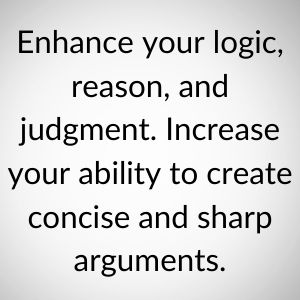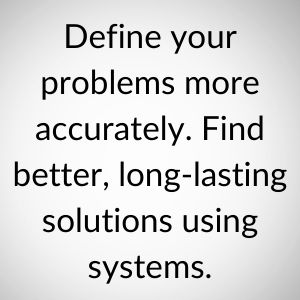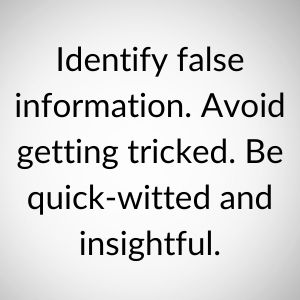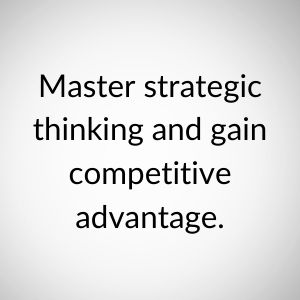Customer Services
Copyright © 2025 Desertcart Holdings Limited
Desert Online General Trading LLC
Dubai, United Arab Emirates



The Art of Statistical Thinking: Detect Misinformation, Understand the World Deeper, and Make Better Decisions. (Advanced Thinking Skills)







Trustpilot
1 week ago
3 weeks ago
2 weeks ago
2 weeks ago